ter Meulen, François Pieter
Bodegraven, South Holland (Netherlands), March 9, 1843 – The Hague / Den Haag, South Holland (Netherlands), June 10, 1927
Sheep in pasture, circa 1900
Watercolour on paper
Signed lower left « Ter Meulen »
H. 34 cm. / L. 47.5 cm. (sight)
H. 45 cm. / L. 57 cm. (with frame)
In a gilded wood frame.
--
This watercolour presents a tranquil scene in which three sheep graze in an open field, rendered with subtlety and restraint. Positioned near the centre of the composition, the animals are shown in profile or head-on, gently curving into a natural arc that brings cohesion to the scene. In the background, a bush with sparse foliage punctuates the horizon, which dissolves into a soft, milky sky.
The composition is deliberately close-cropped, with no dramatic depth of field, focusing the viewer’s attention on the quiet pastoral rhythm. The perspectiveis kept at the animals’ level, reinforcing a sense of immediacy and intimacy. The ground is painted in diffuse washes and opaque highlights, creating a vibrating surface that balances naturalistic suggestion with controlled abstraction.
The technique is refined and discreet, characteristic of Ter Meulen’s mature style. Forms are softened, volumes subtly modelled, and details are handled with economy. The palette blends pale greens, light browns, bluish greys and mutedochres, with occasional darker touches in the shadows. The sheep are rendered with careful observation but without excessive detail, in a spirit of lyrical synthesis.
This subject is representative of François Pieter ter Meulen’s most poetic work, and exemplifies the quiet sensibility of the Hague School. Through clarity ofcomposition, expressive restraint and the elegance of his brushwork, Ter Meulen offers here a serene vision of rural life, imbued with calm and timeless dignity.
--
ter Meulen, Francois Pieter
Bodegraven, South Holland (Netherlands), March 9, 1843 – The Hague / Den Haag, South Holland (Netherlands), June 10, 1927
Dutch painter, draughtsman and watercolourist, associated with the Hague School.
FrançoisPieter ter Meulen is the son of Jan ter Meulen (1809-1895), a white lead manufacturer in Bodegraven, and Christina Henriette Bohn (1806-1892), from a Haarlem publishing family. In 1881, he marries Augusta Wijnaendts (1846-1930),daughter of the town’s mayor, with whom he has two sons, including Jacob ter Meulen (1884-1962), librarian of the Vredespaleis (Peace Palace) in The Hague and president of the Nederlandsche Vereeniging van Bibliothecarissen (Dutch Association of Librarians).
Ter Meulen trains under Anthonij (Anton) Mauve (1838-1888), Hendrikus van de SandeBakhuyzen (1795-1860), and Julius Jacobus van de Sande Bakhuyzen (1835-1925), all prominent landscape painters of the Dutch nineteenth century. He later teaches painting to his nephew Jan Cornelis Tiele (1884-1956), son of his sister and the librarian Pieter Anton Tiele (1834-1889).
He lives and works in Amsterdam, Bodegraven and The Hague, and also spends time in Elspeet in the Veluwe region, painting the surrounding countryside alongside his friend Herman Johannes van der Weele (1852-1930). A member of the artist societies Pulchri Studio and Arti et Amicitiae, he serves as president of Pulchri Studio from 1910 to 1914, during which time he is instrumental in the creation of a monument in The Hague honouring the painters Jacob Maris (1837-1899) and Willem Maris (1844-1910).
In 1910, he is awarded a first-class medal at the Brussels Universal Exhibition.
He gains recognition for his paintings and watercolours depicting heath land landscapes with sheep, a subject that becomes central to his oeuvre. Vincent van Gogh (185-1890) mentions him with admiration in his correspondence, expressing particular appreciation for his depictions of flocks.
The works of François Pieter ter Meulen are held in several major Dutch public collections, including the Rijksmuseum in Amsterdam, the Teylers Museum in Haarlem, the Stedelijk Museum Amsterdam, the Gemeentemuseum Den Haag, and the Noord-Veluws Museum in Nunspeet.
--













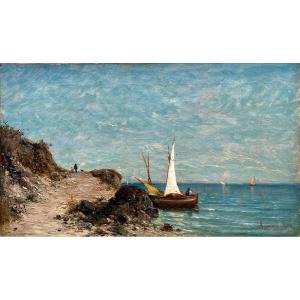
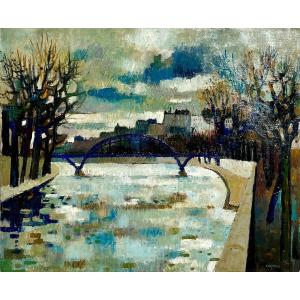
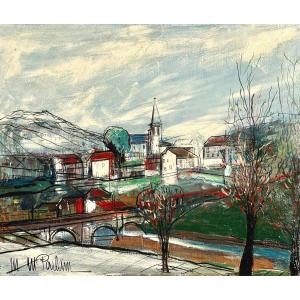
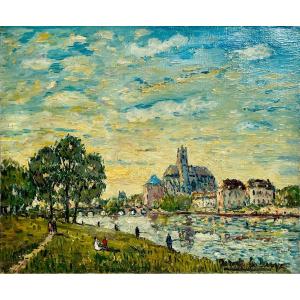



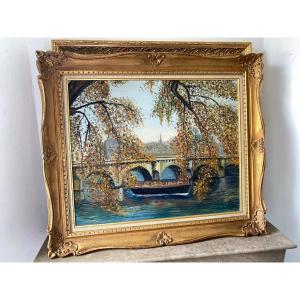

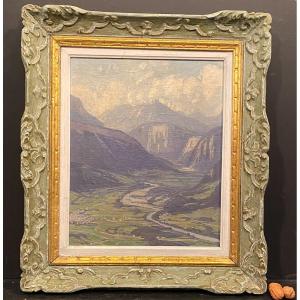

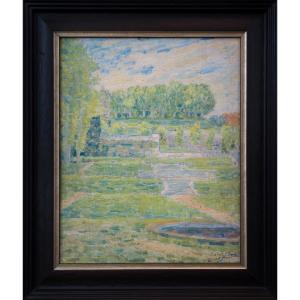



 Le Magazine de PROANTIC
Le Magazine de PROANTIC TRÉSORS Magazine
TRÉSORS Magazine Rivista Artiquariato
Rivista Artiquariato